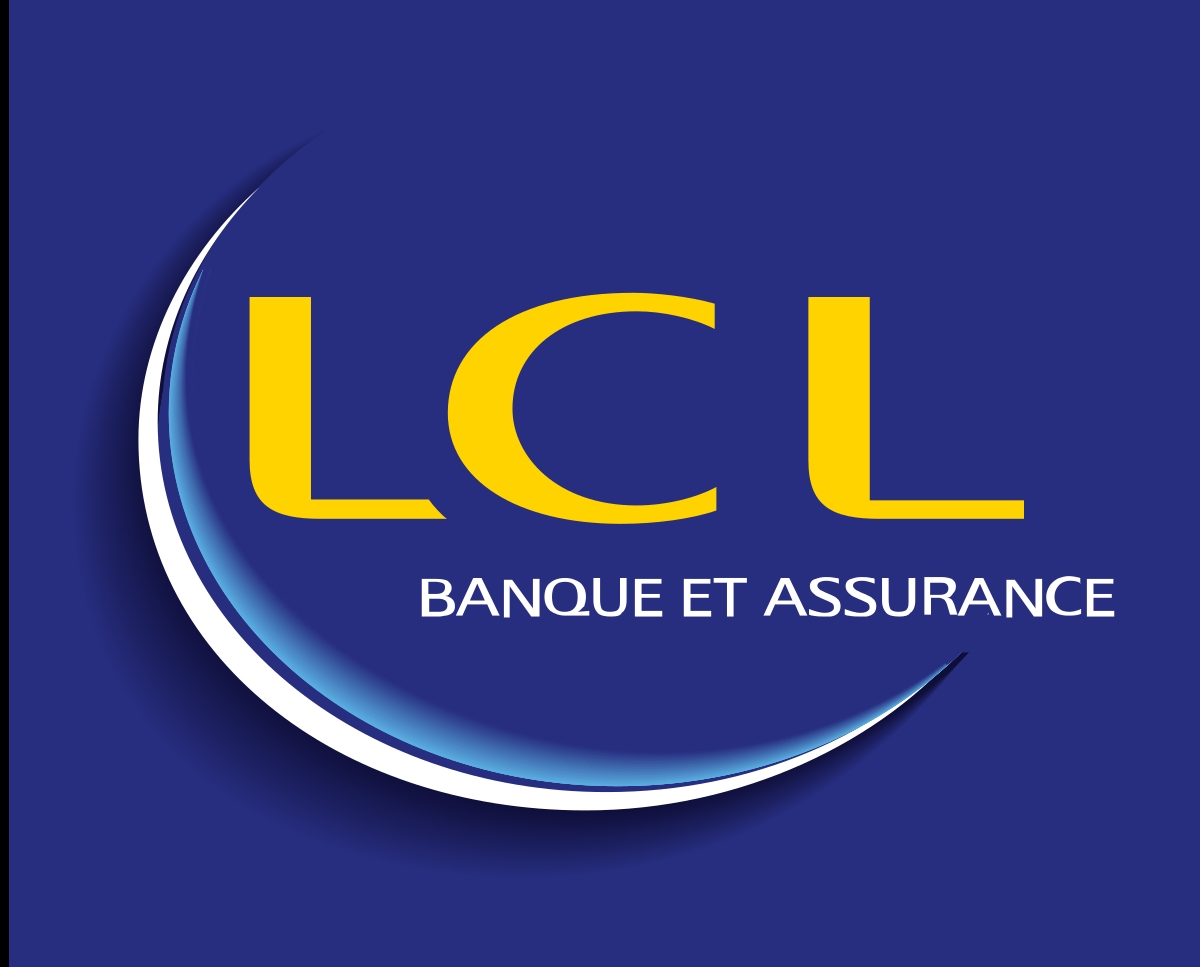

Finance
What Is A Reversal Credit
Published: January 5, 2024
Discover the concept of a reversal credit in the world of finance and how it can impact your financial strategies. Enhance your understanding of finance with this comprehensive guide.
(Many of the links in this article redirect to a specific reviewed product. Your purchase of these products through affiliate links helps to generate commission for LiveWell, at no extra cost. Learn more)
Table of Contents
Introduction
When it comes to managing finances, it’s important to understand the various tools and mechanisms available. One such tool is a reversal credit, which can have a significant impact on both individuals and businesses. Whether you’re a consumer making everyday purchases or a business owner dealing with transactions, knowing what a reversal credit is and how it works can help you navigate the financial landscape with ease.
A reversal credit, also known as a credit reversal, is a financial transaction that involves reversing a previously recorded credit to a person’s or business’s account. It is essentially canceling or undoing a credit that was previously issued. This can happen for various reasons, such as an error in billing, a refund request, or a dispute resolution. In essence, a reversal credit is a way to correct a financial transaction and restore the balance to its original state.
Reversal credits can occur in different scenarios. For instance, a customer may make a purchase using a credit card, but later decides to return the item. In this case, the merchant will issue a reversal credit to refund the customer’s account. Similarly, if there is an error in billing, such as an overcharge or incorrect amount, the issuer can initiate a reversal credit to rectify the mistake.
Understanding the mechanics of how reversal credits work is essential. In most cases, when a reversal credit is initiated, the original credit is negated, and the funds are deducted from the account. This ensures that the financial records accurately reflect the corrected transaction. It’s important to note that the process and timelines for reversal credits can vary depending on the financial institution or payment processing system involved.
Next, we will delve deeper into how reversal credits work to provide a clearer understanding of the process and its implications. By examining examples, benefits, risks, and limitations, you can gain a comprehensive view of how reversal credits can affect your financial transactions.
Definition of Reversal Credit
A reversal credit refers to the act of reversing or undoing a previously recorded credit to a person’s or business’s account. It involves canceling the credit and restoring the balance to its original state, typically due to billing errors, refund requests, or dispute resolutions.
When a reversal credit occurs, it is important to differentiate it from a regular credit. A regular credit is a positive amount added to an account as a result of a payment received or owed. It can be in the form of a refund, a cashback reward, or a reimbursement. On the other hand, a reversal credit is the opposite – it is the removal or subtraction of a previously issued credit.
Reversal credits can be initiated by various parties involved in a financial transaction. For example, a customer may request a reversal credit if they made a purchase but later decided to return the item. In this case, the merchant would issue a reversal credit to refund the customer’s account.
In addition to customer-initiated reversal credits, financial institutions and payment processors can also initiate reversals. This can occur in situations where there is an error in billing, such as an overcharge, incorrect amount, or duplicate payment. By reversing the credit, the financial institution can rectify the mistake and ensure accurate financial records.
It’s worth noting that reversal credits can have different names depending on the industry or specific financial system. For example, in the credit card industry, they may be referred to as “chargebacks” when initiated by the cardholder in response to a disputed transaction. Regardless of the terminology used, the purpose remains the same – to undo or correct a previously issued credit.
Overall, a reversal credit provides a mechanism to rectify errors and restore the financial balance to its original state. By understanding this concept, individuals and businesses can navigate the complexities of financial transactions with confidence and have a greater control over their finances.
How Reversal Credits Work
Understanding the mechanics of how reversal credits work is crucial to grasp their impact on financial transactions. When a reversal credit is initiated, several steps are involved to ensure that the original credit is canceled and the account balance is restored appropriately.
The process of a reversal credit can vary depending on the financial institution or payment processing system involved. However, the general steps are as follows:
- Initiation: The reversal credit process is typically initiated by the party responsible for the error or the resolution of a dispute. This can be the customer, the merchant, or the financial institution itself.
- Notification: Once the reversal credit is initiated, the relevant parties are notified of the upcoming reversal and the reason behind it. This ensures transparency and allows all parties involved to understand the purpose and impact of the reversal credit.
- Verification: Before proceeding with the reversal credit, the financial institution or payment processor verifies the validity of the request. This may involve reviewing transaction records, invoices, or supporting documentation to confirm the need for the reversal credit.
- Processing: Once the verification is complete, the reversal credit is processed. The original credit is canceled, and the funds associated with the credit are deducted from the account. This ensures that the financial records accurately reflect the corrected transaction.
- Communication: After the reversal credit has been processed, all relevant parties involved are notified of the completion of the transaction. This can include the customer, the merchant, and any other stakeholders who may be affected by the reversal credit.
- Account Adjustment: Following the completion of the reversal credit, the account balance is adjusted accordingly. The funds that were initially credited are deducted, bringing the balance back to its original state before the credit was issued.
It’s important to note that the timelines for reversal credits can vary. Some financial institutions or payment processors may process reversal credits immediately, while others may take a few business days. It’s advisable to familiarize yourself with the specific policies and procedures of your financial institution or payment processor to understand how long the process may take.
Understanding how reversal credits work equips individuals and businesses with the knowledge to navigate any potential errors or disputes in financial transactions. It ensures that proper corrective measures are taken promptly, allowing for accurate and transparent financial records.
Examples of Reversal Credits
Reversal credits can occur in various scenarios, and understanding some practical examples can help illustrate how they are utilized to rectify errors or address specific situations.
1. Returns and Refunds: One common example of a reversal credit is when a customer makes a purchase and decides to return the item. In this case, the merchant issues a reversal credit to refund the customer’s account. The original credit for the purchase is canceled, and the funds are deducted from the customer’s account, bringing the balance back to its original state before the purchase was made.
2. Billing Errors: Another example is when there are billing errors, such as overcharges or incorrect amounts. For example, if a customer is charged twice for the same transaction, the financial institution can initiate a reversal credit to correct the error. The duplicate credit is canceled, and the funds associated with it are deducted from the customer’s account to restore the correct balance.
3. Disputed Transactions: In cases where a transaction is disputed, the reversal credit is often referred to as a “chargeback.” This can happen when a customer disputes a charge on their credit card statement due to fraudulent activity, receiving faulty goods, or not receiving the goods or services at all. If the dispute is resolved in favor of the customer, the financial institution issues a reversal credit to refund the amount in question.
4. Merchant Error: Sometimes, a merchant may make an error in processing a credit, resulting in an incorrect credit being issued to a customer’s account. In such cases, the merchant can initiate a reversal credit to rectify the mistake and restore the account balance to its correct state.
5. Payment Reversals: Reversal credits can also occur in payment transactions, such as when a payment made by the customer needs to be reversed due to an error in transaction processing or a canceled order. In such instances, the financial institution initiates a reversal credit to deduct the funds from the customer’s account.
These examples demonstrate the diverse situations where reversal credits come into play. They serve as a mechanism for rectifying errors, providing refunds, addressing billing issues, and resolving disputes. By understanding these examples, individuals and businesses can effectively recognize when reversal credits are applicable and how they impact financial transactions.
Benefits of Reversal Credits
Reversal credits offer several benefits to both individuals and businesses, providing a mechanism to correct errors, address disputes, and ensure transparent and accurate financial records. Let’s explore some of the key benefits of reversal credits:
1. Error Correction: One of the primary benefits of reversal credits is the ability to rectify billing errors and mistakes in financial transactions. Whether it’s an overcharge, a duplicate payment, or an incorrect amount, reversal credits allow for the swift correction of these errors, ensuring that the account balance reflects the accurate transaction amount.
2. Dispute Resolution: Reversal credits play a crucial role in resolving disputes between customers and merchants. In cases where a customer is dissatisfied with a product or service, or if there is fraudulent activity on their account, reversal credits, often known as chargebacks, provide the customer with a refund and assist in resolving the dispute quickly and fairly.
3. Customer Satisfaction: By issuing reversal credits promptly, merchants can enhance customer satisfaction. When customers experience billing errors or have concerns about their transactions, addressing these issues and providing refunds through reversal credits helps build trust and loyalty, improving the overall customer experience.
4. Accurate Financial Records: Reversal credits ensure that financial records accurately reflect the correct transaction amounts and account balances. By reversing incorrect credits, the financial records remain transparent, eliminating discrepancies and allowing individuals and businesses to maintain accurate accounting practices.
5. Reduce Financial Losses: Reversal credits help mitigate financial losses in situations where errors or disputes arise. By promptly addressing and correcting these issues, individuals and businesses can limit potential losses and prevent the negative impact on their financial well-being.
6. Compliance with Regulations: Reversal credits assist in compliance with regulations, especially in industries such as banking and finance, where strict guidelines are in place. Adhering to these regulations ensures that transactions are conducted in a transparent and legal manner.
Overall, reversal credits offer practical benefits by providing a mechanism to rectify errors, address disputes, and maintain accurate financial records. The ability to swiftly correct mistakes and ensure customer satisfaction contributes to a positive financial experience for all parties involved.
Risks and Limitations of Reversal Credits
While reversal credits can be a useful tool for correcting errors and resolving disputes in financial transactions, it’s important to be aware of the potential risks and limitations that come with their usage. Understanding these risks can help individuals and businesses mitigate potential challenges. Here are some of the key risks and limitations associated with reversal credits:
1. Fraudulent Chargebacks: One of the main risks of reversal credits, particularly when it comes to disputed transactions, is the potential for fraudulent chargebacks. Dishonest individuals may exploit the chargeback process by falsely claiming a transaction as unauthorized or disputing a legitimate purchase. This can lead to financial losses for merchants and payment processors if the fraudulent chargebacks are not properly identified and prevented.
2. Limited Timeframes: Reversal credits often have specific timeframes within which they can be initiated. This means that if an error or dispute is not addressed within the designated timeframe, the opportunity for a reversal credit may be lost. It’s important for individuals and businesses to be proactive in recognizing and resolving issues to avoid missing the window for reversal credits.
3. Processing Delays: Depending on the financial institution or payment processor involved, reversal credits may take time to be processed. This can lead to delays in getting refunds or rectifying errors, which may cause inconvenience and frustration for customers who are expecting a prompt resolution.
4. Administrative Burden: For businesses, managing reversal credits can add administrative burden and increase operational complexities. This includes handling documentation, communication with customers, and ensuring compliance with regulations. It’s important for businesses to have efficient systems in place to manage reversal credits effectively and minimize the burden on their operations.
5. Possible Account Freezes or Restrictions: In cases of significant disputes or suspected fraudulent activity, financial institutions may freeze or place restrictions on accounts while investigating the issues. This can temporarily limit access to funds and cause inconvenience for individuals or businesses until the matter is resolved. It’s crucial to be prepared for such situations and have contingency plans in place, especially for businesses that heavily rely on regular cash flow.
6. Inconsistent Policies: Different financial institutions and payment processors may have varying policies and procedures when it comes to reversal credits. This can create confusion and inconsistencies in how reversal credit requests are handled. It’s essential to familiarize oneself with the specific policies of the financial institution or payment processor being used to ensure a clear understanding of the procedures and requirements involved.
Despite these risks and limitations, with proper awareness and proactive management, individuals and businesses can effectively navigate the potential challenges associated with reversal credits. By understanding the potential risks, implementing safeguards, and maintaining open communication with financial institutions and customers, the benefits of reversal credits can outweigh the potential pitfalls.
Conclusion
Understanding reversal credits is essential for individuals and businesses who want to navigate the complex world of finances with confidence. Whether you’re a consumer making everyday purchases or a business owner dealing with transactions, the ability to recognize when and how to use reversal credits can prove advantageous.
In this article, we have explored the concept of reversal credits, defined them as the reversal or cancellation of previously issued credits to rectify errors or address disputes. We have discussed the process of how reversal credits work, from initiation to verification, processing, and account adjustment. We have also provided examples of common scenarios where reversal credits come into play, such as returns and refunds, billing errors, disputed transactions, and payment reversals.
Moreover, we have highlighted the benefits of reversal credits, including error correction, dispute resolution, customer satisfaction, accurate financial records, reduced financial losses, and compliance with regulations. However, it’s essential to be aware of the potential risks and limitations of reversal credits, including fraudulent chargebacks, limited timeframes, processing delays, administrative burden, account freezes or restrictions, and inconsistent policies.
By understanding these risks and limitations, individuals and businesses can take necessary precautions, such as implementing fraud prevention measures, addressing issues promptly, and having efficient systems in place for managing reversal credits.
In conclusion, reversal credits serve as a valuable tool for correcting errors, resolving disputes, and maintaining accurate financial records. By utilizing this mechanism effectively, individuals and businesses can enhance financial transparency, build trust, and improve overall customer satisfaction. While there may be risks and limitations associated with reversal credits, with proper awareness and proactive management, these challenges can be mitigated, allowing for a smoother financial experience for all parties involved.














